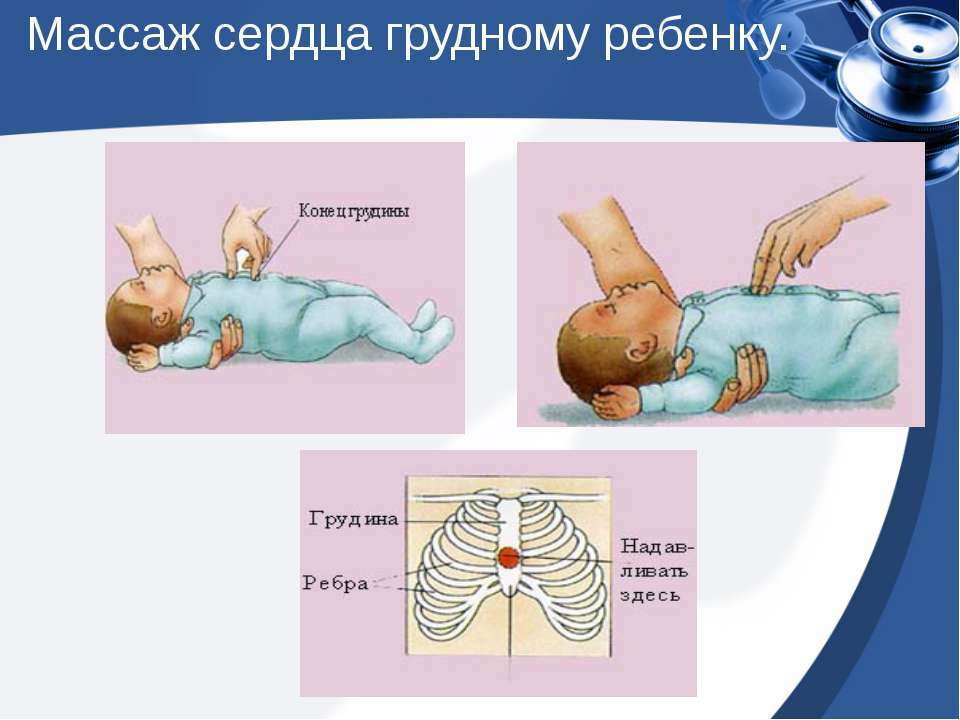Alcoholic cardiomyopathy: symptoms

Alcoholic cardiomyopathy is one of the forms of alcohol damage to the heart. This form is noted in 50 percent of people who abuse alcohol. The main factor affecting the development of alcoholic cardiomyopathy is ethanol, as well as its metabolites. Deficient nutrition( lack of vitamins, proteins), frequent stress conditions, hereditary predisposition, changes in the initial state of the cardiac muscle( myocardium), and viral infection as a result of decreased immunity also play a certain role in the development of this disease. However, the distinctive parallelism between the severity of heart damage, the amount of ethanol consumed and the duration of intoxication is not always noted.
Clinical picture and main symptoms: alcoholic cardiomyopathy
Patients, as a rule, vehemently deny their abuse of alcoholic beverages. Such manifestations as violations of the heart rhythm without signs of congestive failure( the appearance of shortness after physical exertion, edema on the legs) are the first precursors of the disease. The disease has several stages - starting with functional disorders, heart rhythm disturbances of a transient nature, ending with persistent myocardial hypertrophy, because of which heart failure develops.
Alcoholic cardiomyopathy has the following symptoms: verbosity, fussiness, arousal, a feeling of lack of air, a feeling of heat all over the body, cold extremities, sweating, pains in the heart( cardialgia), palpitations( tachycardia), high blood pressure, injected sclera, rednessSkin of the face, tremor of the hands.
The appearance of shortness of breath and palpitations during physical exertion is considered to be the initial signs of the disease, and for the patient themselves they arise as if for no reason and unnoticed. Gradually, in the later stages of alcoholic cardiomyopathy, the condition of patients begins to deteriorate.
Cardiomyopathy: symptoms at different stages of the disease
Three stages are distinguished during this disease. The first of them lasts about ten years. At this time, patients complain of palpitations, headache, a feeling of lack of air, sweating, irritability, bad sleep, and pain in the heart. At this stage, the heart is not enlarged, rapid heartbeat( tachycardia) is swept away and a moderate increase in blood pressure is discarded.
The second stage of this disease develops with alcohol abuse for more than ten years. Appears acrocyanosis( blueing of the auricles, nose, fingertips), puffiness of the face. After even a slight physical exertion, there is coughing, shortness of breath, swelling of the lower extremities. There are violations of the heart rhythm, the size of the heart increases, the tones become deaf. The size of the liver also increases, respiratory distress is characteristic.
The third stage is the result of irreversible metabolic changes in the heart muscle and progressive cardiosclerosis.



